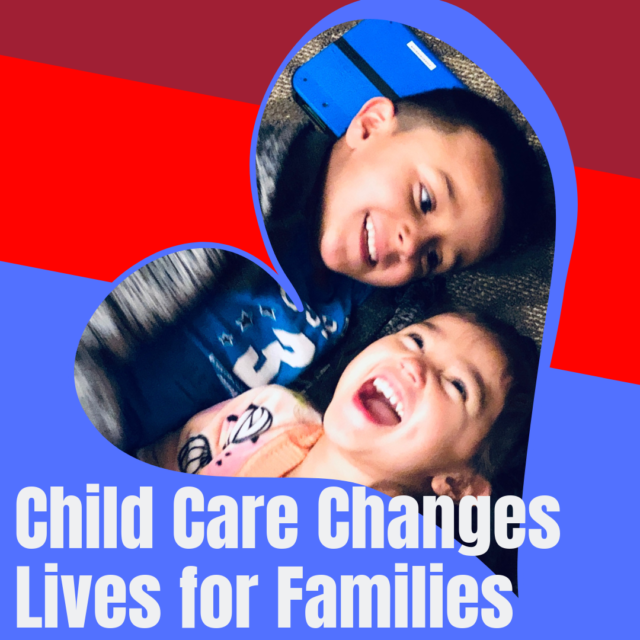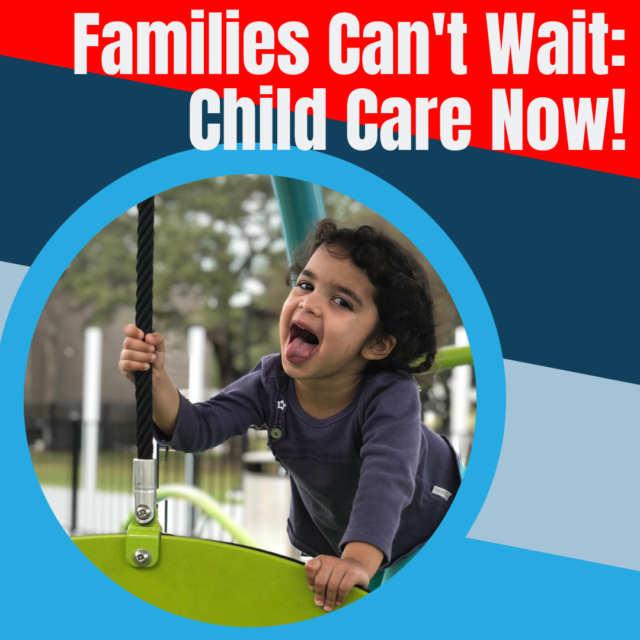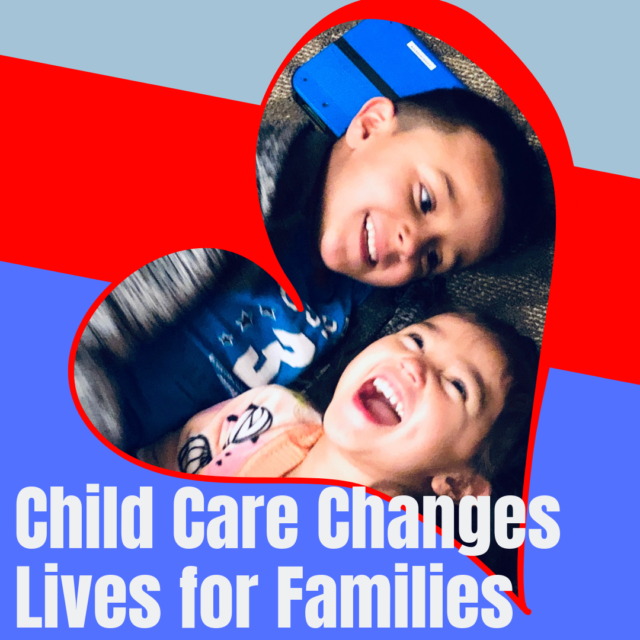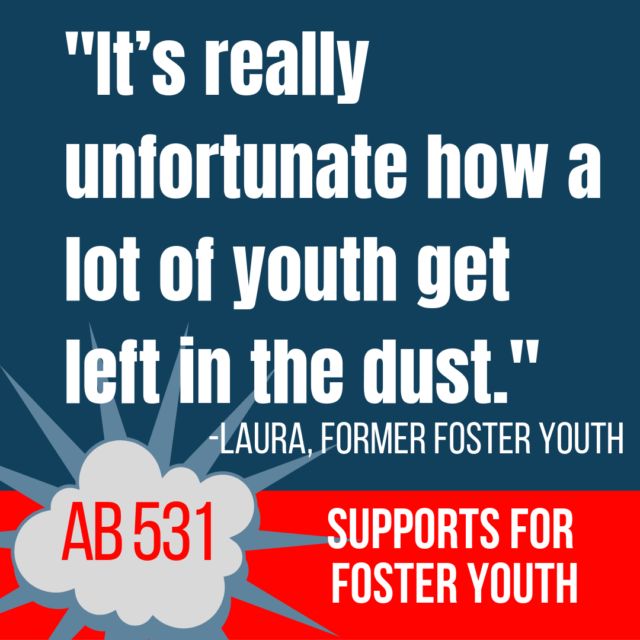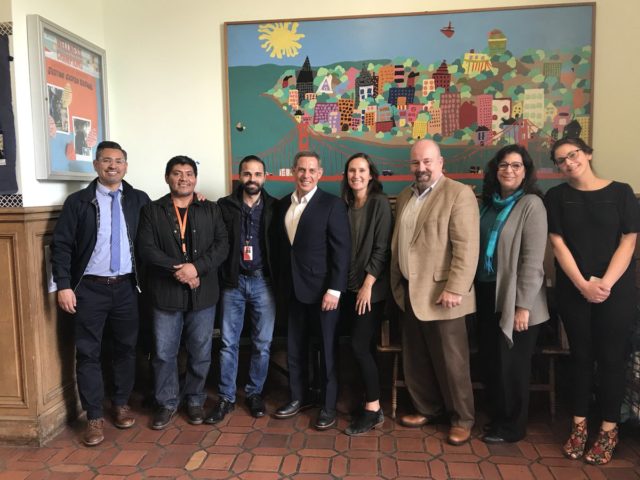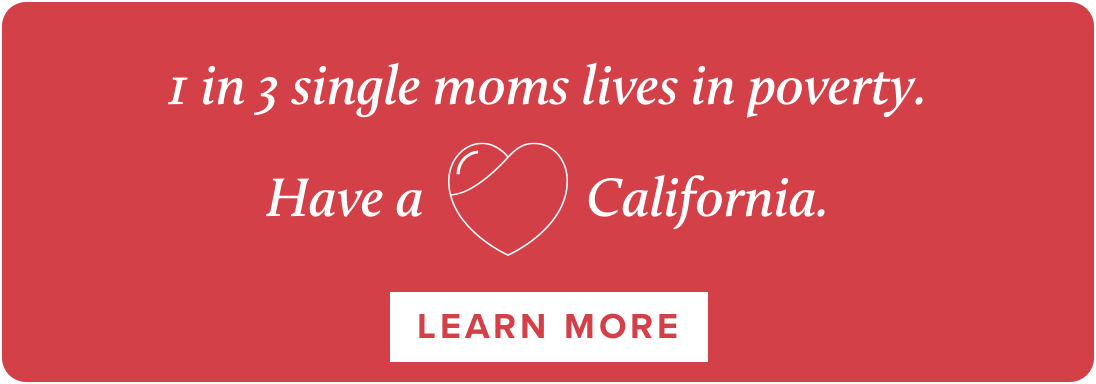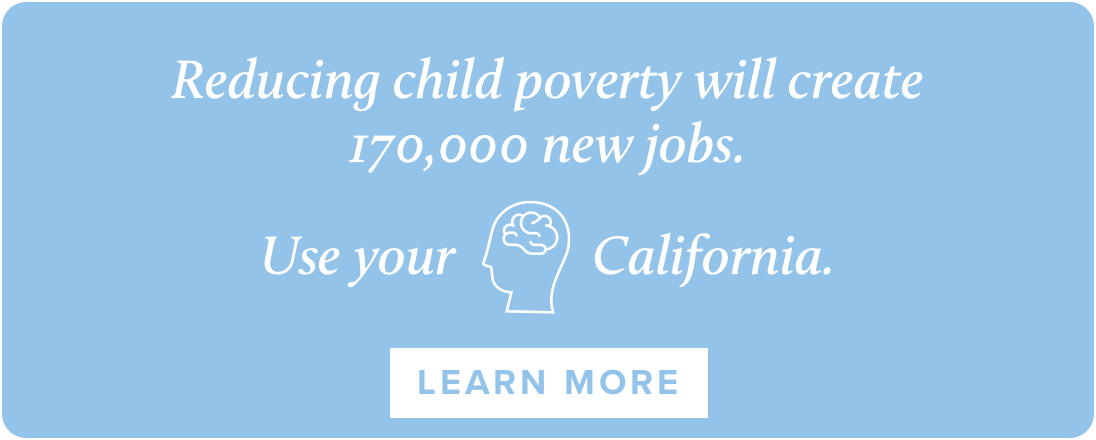Promise Neighborhoods are powerful, family-centered networks rooted in communities. They use the power of collective impact–many programs and services working together–to support families in neighborhoods facing intense economic pressures. Promise Neighborhoods create easy entry points for services and break down red tape. They work to improve kids’ lives “from cradle to college to career,” focusing on the whole child, the whole family, and the whole community.
California currently has five Promise Neighborhoods (including our End Child Poverty in California partners Hayward Promise, Mission Promise, and YPI), and more are needed. This year Senator Ben Allen (D-Los Angeles) introduced Senate Bill 686, the California Promise Neighborhoods Act of 2019, that would expand this successful, community-centered model to more neighborhoods.

Photo from MEDA blog. Read the full, original blog post here.
[…]
Our numbers [at Mission Promise Neighborhood] spoke for themselves. Over the six-plus years of our initiative, we used a shared case-management tool to connect 2,744 families with 5,590 different program referrals, ranging from housing and tenants’ rights to job readiness and health care. We were a collaborative of 20 community organizations, aligning our efforts to provide wraparound services to our students and families to work toward common goals. We broke through silos and shared data along the way. Together, we held ourselves accountable to turning the curve on community indicators.
MPN saw the following outcomes in our schools and with our partners:
- Latino graduation rates increased from 63 percent to 88 percent
- African American graduation rates increased from 46 percent to 93 percent
- Ninety-four percent of elementary school families feel a sense belonging at their schools
- Rate at which students change schools mid-year decreased from 13.9 percent to 7.9 percent
- Eighty percent of all Latino 4-year olds in the Mission are now enrolled in preschool
- Social emotional development scores for 3-year-olds jumped from 24 percent to 82 percent
These outcomes are even more impressive when you take into account the extreme pressures our families are experiencing: unprecedented levels of housing displacement, growing income inequality, all coupled with a national political climate translating to an assault on our community. Our collective work of providing families with coordinated access to mental health services, legal representation, asset building, housing services and more has helped MPN stabilize the Mission by using schools and affordable housing as community anchors.
The U.S. Department of Education grant is an affirmation of the work our partners have done. Our second iteration of MPN is focused on aligning with the City of San Francisco and its School District’s Beacon Initiative, expanding from four to nine schools in the Mission District, increasing our presence at early learning centers, developing parent leaders and reaching out to Family Child Care providers to give their families access to our network of supports. We estimate that we will now be serving approximately 8,000 children and their families in the Mission. With our collective-impact approach, MPN is on pace to have the scale of the solution match the scale of the challenge.
Joining with other Promise Neighborhoods
Other Promise Neighborhoods across the state have seen similar outcomes. Together, the five Promise Neighborhoods in California created a network called CPNN. The results from the CPNN network, informed the development of a statewide plan to end child poverty. This plan includes a recommendation for the investment by the State of California into a total of 20 Promise Neighborhoods at $5 million per neighborhood, complemented by increased spending on child care, CalWORKS and much more. The plan estimates that the combination of these factors will result in benefits to state and local governments of more than $12 billion annually.
The plan lays out the seven unique characteristics of Promise Neighborhoods:
- Cradle-to-college-to-career continuum to move families out of poverty
- Place-based to focus on high-need geographies
- Collective impact: collaborate with partners to provide solutions at scale
- Align funding streams to achieve shared outcomes
- Results-driven, with a focus on population-level results
- Equity-focused and explicit in addressing disparities
- Community powered to address local needs and build on local strengths
Data sharing, collaboration, accountable to results, good for the economy: Promise Neighborhoods are the embodiment of what we call “good government.” MEDA will be calling for these pilot initiatives to move beyond being simply boutique operations and for them to become the normal way that government delivers services….
One community is not waiting for the State to approve funding for Promise Neighborhoods; instead, it is taking the lead in using its current budget to create Promise Neighborhoods. San Diego County has approved $4 million for a pilot Promise Neighborhood based on the success of its existing Chula Vista Promise Neighborhood. If the pilot is also successful, the plan is to create even more Promise Neighborhoods throughout that county.
Closer to home — and based on the success of San Francisco’s Promise Neighborhood in the Mission District — we believe it’s time for the City and County of San Francisco to begin asking itself if other neighborhoods in the City would benefit from a Promise Neighborhood, particularly during this time of widening income inequality and displacement of working-class families and people of color.
From School Board to Mayor, State Superintendent of Schools to Governor, all the way to the House of Representatives, we are seeing inspiring new leaders take the reins of government. As they highlight the need for a more just society, now is the time for bold equity initiatives based on proven models. Perhaps 2020 will put us on pace to end child poverty.
After all, much can happen in a year!
***
Read more about the End Child Poverty Plan strategies here. Join in by signing on to the campaign for updates.
